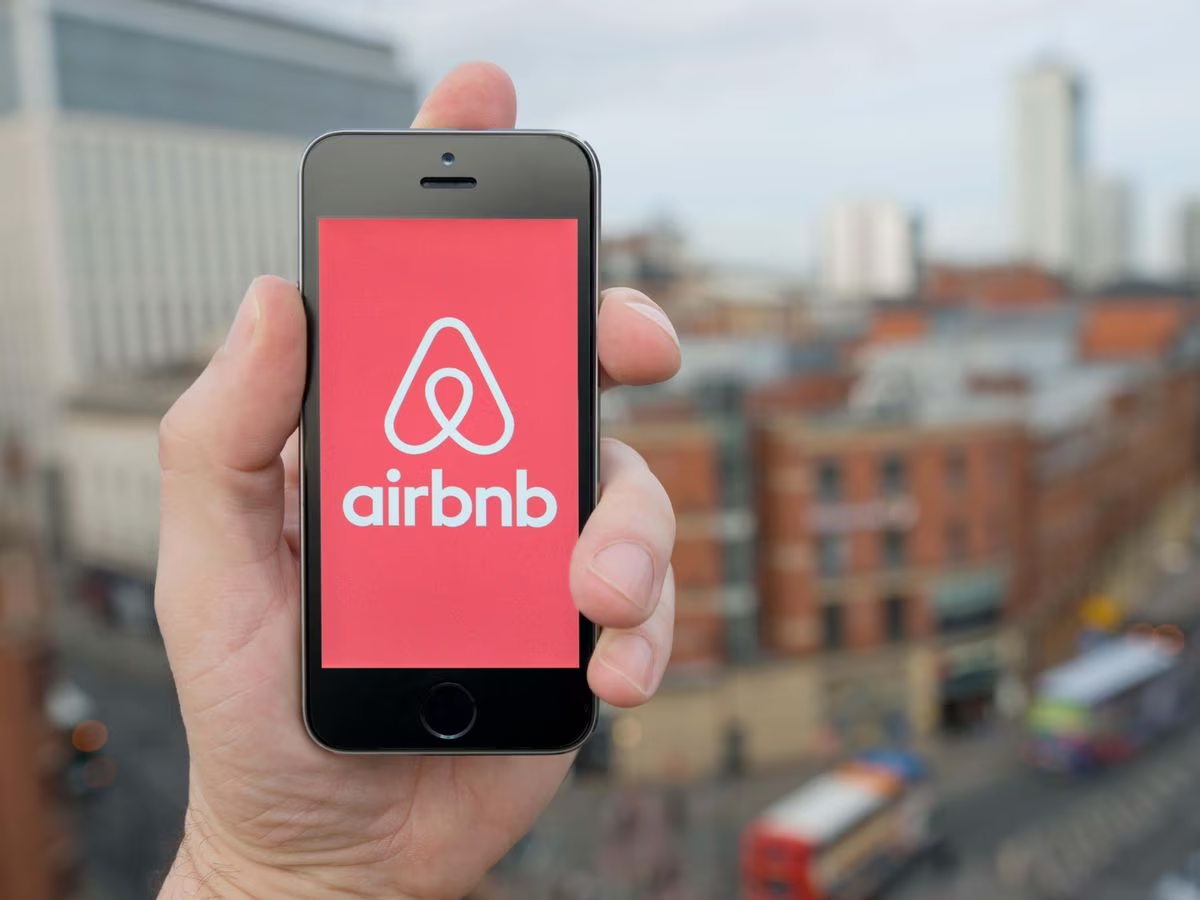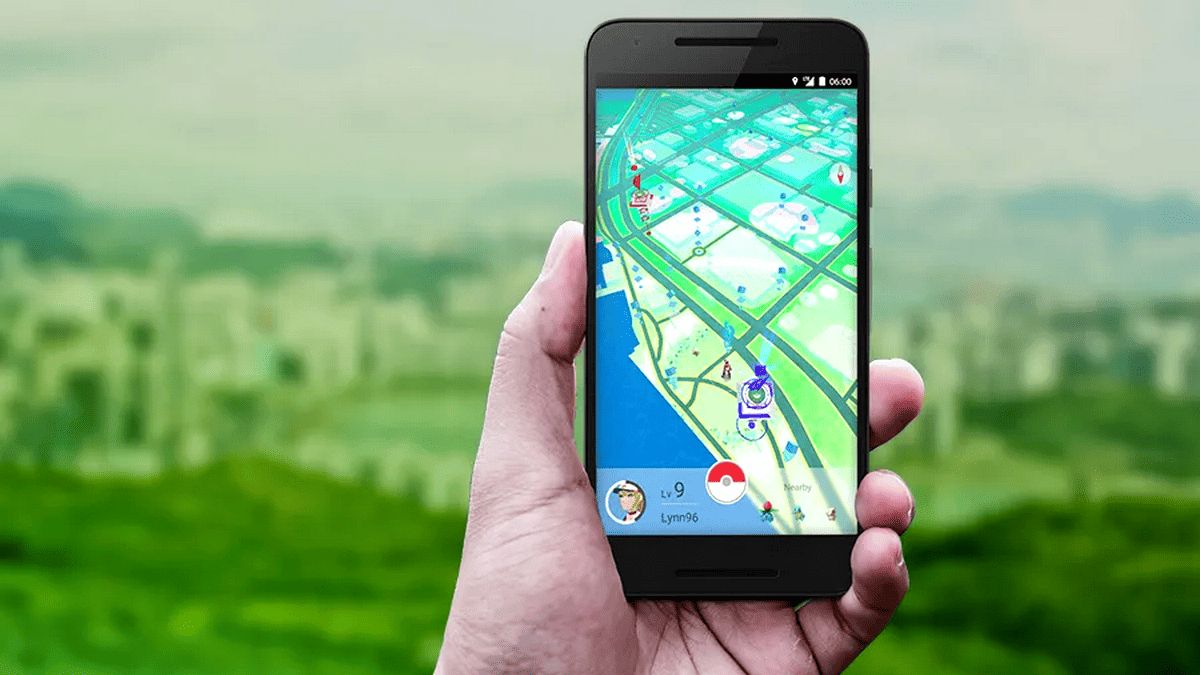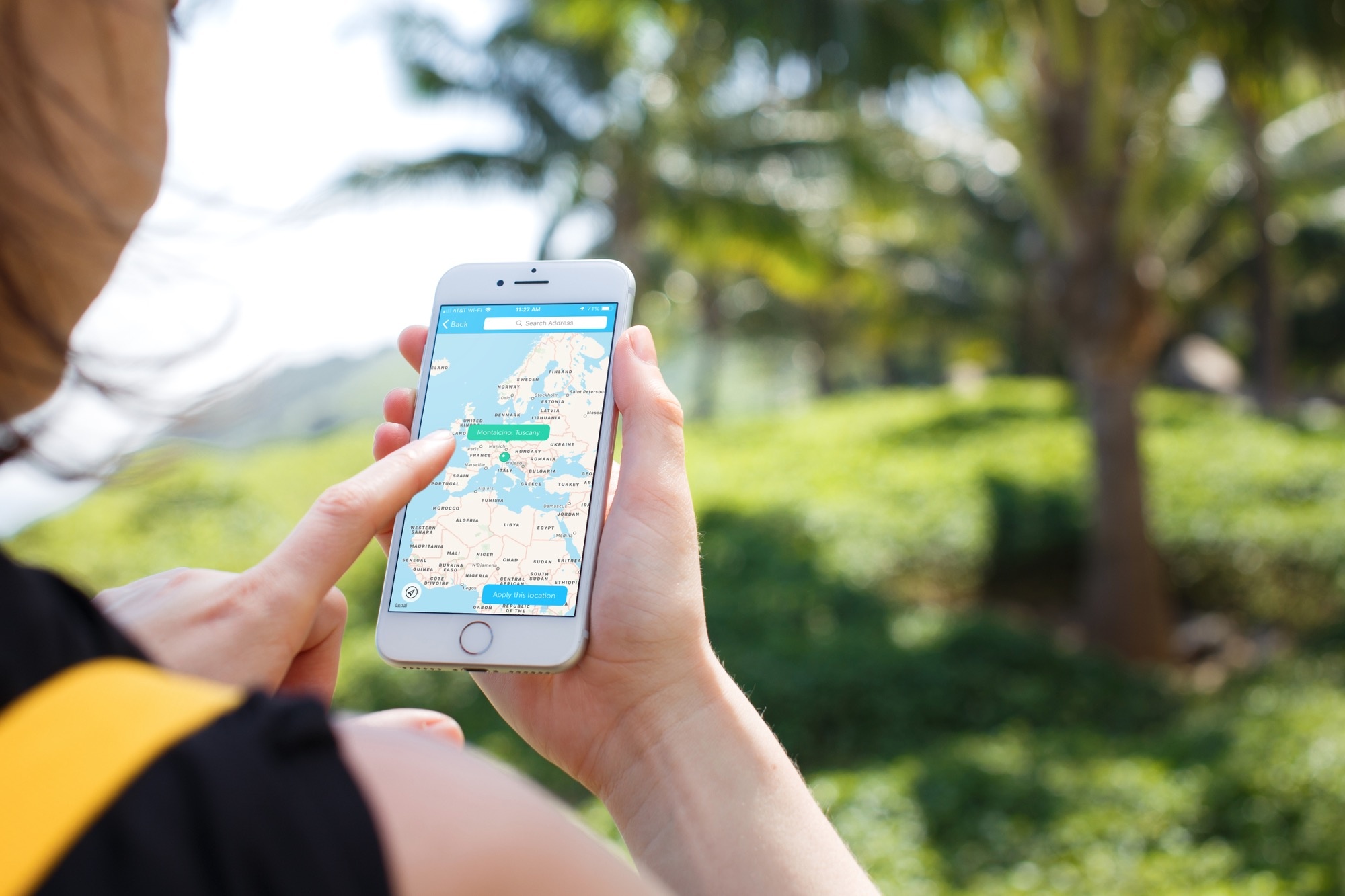So, you want to spoof or fake your GPS location because the modern-day technology nowadays is that advanced to the extent that your location can be precisely tracked just based on your devices. With signals from various satellites in space that are sent to each individual electronic device, anyone can pinpoint the exact locations with minimal effort.
Though it’s handy when you’re trying to track down certain things, certain situations like when you’ve lost your phone or you simply want some location-based information for your projects. For example, when you want to find your way through Google Maps the GPS is all you need. However, it is undeniable that some of this information is private is vulnerable to cyber-attack. Hence, a backup plan always does more good than harm. With that said, fake GPS application is a great tool for you to blend in different situations and also give you an upper-hand on games that require location detection.
Geo-Location: Why Is It Important?
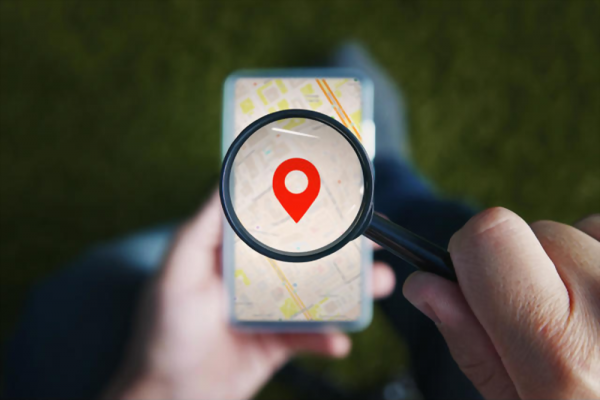

Your geo-location is somewhat fundamental to the way you interact with any online services that require location detection. It’s especially useful to show your country’s current trends (like on Youtube, Amazon) or any local prices for certain products. Occasionally, it’ll also give you the location-specific ads that will help you find the things you need a bit easier. Moreover, it’s very convenient since it’ll give you all the location-specific things you take for granted. Ever wonder why your search results are automatically in English? Or why they show news relevant to your country and area? Yes, it’s all location-based.
If our GPS locations are really important, what are the downsides then? Well, your device’s location can also be used by some services to restrict what you can access. Take Netflix as an example: some of its content is only available within the US and nowhere else. Disney+ is also (as of right now) only available within the United States. Even the Free To Watch section in Youtube Movies (yes, that’s a thing) is only available also within specific countries and locations.
In these cases, your geo-location can be a real annoyance. So what do you do then? Bypassing these restrictions seem difficult to do (after all, what can you do about where you live?). It’s not like it’s an easy feat to just book a plane ride to wherever you want. Teleporting hasn’t been invented yet!
Don’t worry. Even if you can’t change your physical location (yet; let’s pray teleportation technology comes soon) you can change your digital one. While it isn’t always fool-proof, let’s take a look at how my location and yours can be changed on our computers.
Note: what we’ll cover here will be fake GPS on desktops and laptops, no mobile devices included.
Why Do You Need to Spoof or Fake Your GPS Location?
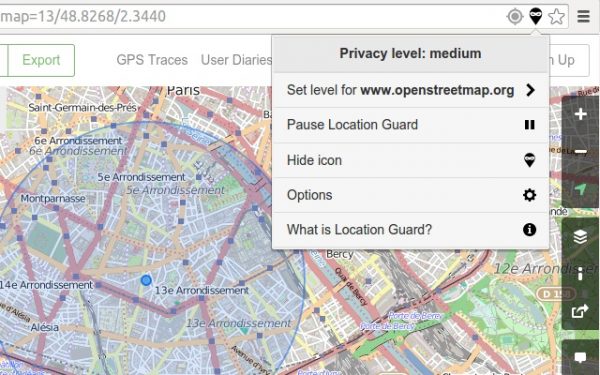

While it may confuse some people why you’d want to fake your location, it actually has its uses. Privacy is one of them because sometimes you just don’t want your location to be known by the websites you access. Perhaps, you’re a bit paranoid about the data you’re giving away to certain ad companies. It is kind of creepy that other people know where you are after all. With all the various websites we access, there’s bound to be some of them that are a little sketchy.
Apart from privacy, location-based content is also a legitimate reason for wanting to bypass geolocation restrictions. Say you want to access some exclusive content on some websites that are restricted by location. Perhaps you’d like to check out the news in some other country or how Google shows results in different locations. Or maybe you want to see the prices of Amazon products when they’re being shipped to a different country. Sometimes even airfare tickets can vary depending on your location. Maybe you want to hide your location and you don’t want to be tracked by a phone GPS tracker. The solution? Use fake GPS.
Whatever your reasons may be, it’s always possible to have a fake GPS location. In these scenarios, one might ask, “how can I show my location without revealing where I really am? How do I change my GPS coordinates?” For these reasons, some people will want to opt for GPS spoofing.
Before we proceed, let’s clear out a few things from the get-go. This isn’t going to be as convenient as you might think. There’s no one-button-click method for how to change your location. GPS location faking isn’t easy and quite frankly, it’s a bit tedious depending on the method you employ.
Methods to Fake a GPS Location
You might have your reasons for using a fake GPS and that’s fine. However, using a fake GPS is not without its consequences and quirks. If you want to change your location for free, we’ll be showing you two methods that will either hide or change your location. If you’re going to use these methods, then here are a few things to keep in mind.
1. Manual Changes
If you want to have a fake GPS on your PC, it’s going to be done through your browser. Why? Your browser is what you use to connect to the web so that’s why it’s browser-based. However, it’s going to be very tedious. On Android, you can download a location fake app like Fake GPS Location Spoofer v4.6 to change your location. However, on desktop, external applications won’t be an option. You’re going to have to manually change it every time so it’s going to be tedious every time you use it. Moreover, it’s not just a one-step process. Having a fake GPS requires multiple steps that you have to follow every time.
2. No Premium Services To Access
If you’re trying to use a fake GPS in the hopes of accessing Netflix, Hulu, or Amazon Prime, it’s not gonna happen. There may be some geo-restricted content you can access but premium services won’t be one of them. If you’re doing this for that, then we suggest you opt to use a VPN instead. It’s much more reliable and is useful for many other things aside from just having a fake GPS.
3. Incomplete Anonymity
Using a fake GPS will only give you partial anonymity if you’re not using a VPN. Other software on your desktop will still be able to tell your location since the method is browser-based. The same goes for your ISP (Internet Service Provider). It’s only partial spoofing and cannot be considered as an absolute location spoof.
Note that these caveats apply to the first two methods we’ll be discussing. There is a third way we will discuss later on but keep in mind that it will not be free. You will have to shell out some money as it requires a monthly fee. However, the third way is able to avoid most of the pitfalls of the first two options (more on that later).
How To Fake Your GPS On Google Chrome
Since Google Chrome is the number one browser most people use, we’re going to show you how to spoof your location on Google Chrome easily. Though other browsers will have similar methods once you’ve got this one down so keep that in mind. With that said, let’s get to it.
There are two methods to do this so we’ll discuss both. The first one is by turning off location sharing which disallows websites to access your location. It’s beneficial if your main issue is blocking off websites from accessing your location data.
If you want to access geo-restricted content you’ll have to use the second method. Still, keep in mind that the second method won’t let you access premium services like Netflix or Hulu. Although you’ll be able to access other kinds of geo-locked content like news sites.
First Method: Turn Off Location Sharing on Google Chrome
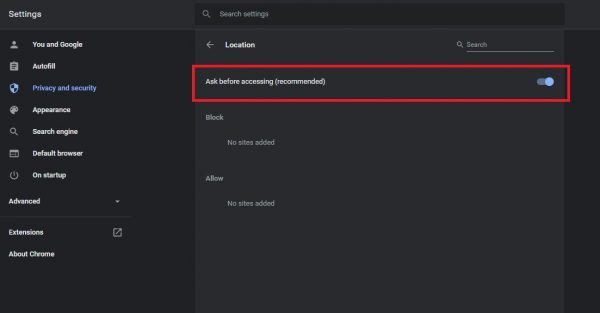

This is the first method to fake GPS and it can be done right on your browser. Just do the following steps:
- Go to the menu on the top-right corner of the toolbar on Google Chrome
- Select “Settings”
- Go to the “Privacy and Security” tab
- Select “Content Settings”
- Select “Location”
- Turn on “Ask Before Accessing”
Second Method: Developer Options Configuration
The second method to fake GPS isn’t a setting on your browser that you can put in place just once. You’re going to have to do it each time you start Chrome if you want to spoof your location this way. If you’re okay with this, follow these steps:
- Go to ctrlq.org/maps/address/
- Check the coordinates of your desired location and write them down.
- Open Google Chrome and hit “Ctrl+Shift+I” (or Cmd+Shift+I on macOS). With this, you’ll be able to access the Developer Options.
- Scroll down and click on “More Tools”.
- At the bottom of the window, select the “Sensors” tab.
- There will be a drop-down menu here adjacent to the geo-location. In this drop-down, select “Custom Location”.
- Input the coordinates you recorded earlier.
- Reload the page and you’re finished
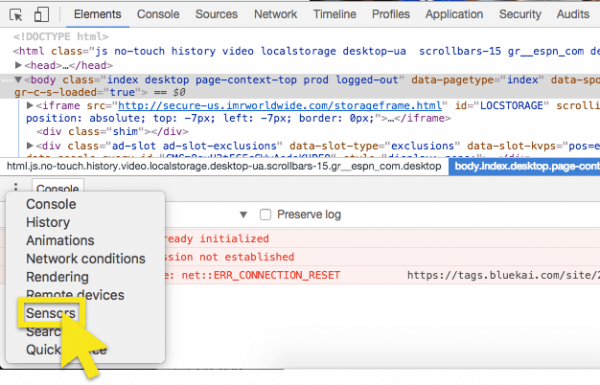

From this point onward, all your queries and everything you do in Google Chrome will be regarded based on the spoofed location. However, as aforementioned, this is only a temporary setting. If you want to do it again in your next session, you have to repeat the whole process. Your location will refresh every time you close Google Chrome.
A Third Way: The Better Alternative
So we’ve shown you how and what caveats and quirks come with GPS Spoofing. If you’re a bit disappointed by the difficulties and little benefits to using a fake GPS, then perhaps you should consider the alternative. It has fewer difficulties and is more reliable and complete. Plus, it’s going to give you access to those sweet premium websites you’ve been wanting (yes, Netflix and Hulu). However, it will cost you a bit of money.
What is it, then? It’s called a Virtual Private Network or a VPN. No doubt you’ve heard of it before. It’s the kind of software people use to access cross-country content. A VPN is a much more reliable and convenient way to fake GPS location.
How is a VPN better than Browser Spoofing?
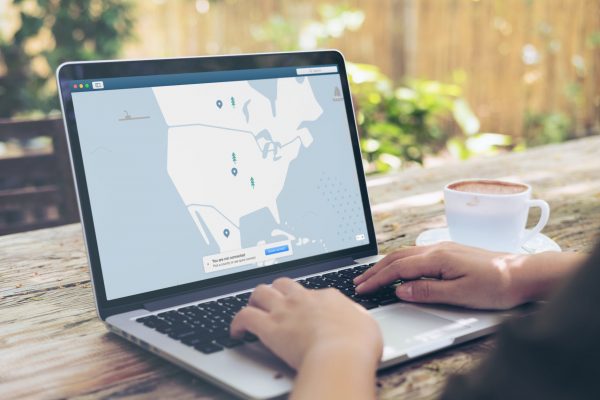

Apart from getting access to premium cross-continental content from Netflix and Hulu, a VPN has a plethora of benefits. VPNs work by masking your real IP address with a different one. However, you won’t get the chance to change your location to specific coordinates as Chrome spoofing does. That means if you’re trying to prank someone about being at a specific location, Chrome spoofing should work just fine. But for everything else, a VPN is your best bet.
While you can’t change to a specific coordinate, VPNs do enable you to change your general location and country. VPNs normally have servers all around the globe for convenient changing of IPs. This will give you total privacy and anonymity online. Are you concerned about government or ISP surveillance? Get a VPN.
Not only do you get privacy and anonymity, but you also get the added benefit of security with data encryption. No doubt you can ensure that your data won’t be tracked by trusted VPNs as they don’t log customers’ data. What’s more, it’s a permanent solution for your fake GPS needs. It’s also available on most platforms and operating systems so you won’t need to worry about covering all grounds. Chrome-spoofing is limited to the browser on the specific PC you’re using so a VPN completely wins hands-down. The only downside is that it costs a monthly subscription.
If you couldn’t decide which VPN to commit into, here’s a comparison of the best VPNs; ExpressVPN vs NordVPN to make sure you’ll decide on the best.
How To Set Up A VPN
Setting up a VPN is pretty easy unlike the tedious task of changing browser settings each session. First, you’re just going to need to choose your VPN of choice. There are many reliable VPNs out there like ExpressVPN, Nord VPN, CyberGhost, and more. Each will have different kinds of benefits and different servers in different places. Although you’ll probably be able to cover a lot of ground with any kind of trusted VPN on the market.
Once you’ve made your choice, it’s time to sign up for the VPN’s service. Note that you’re going to have to enter your card details in order to sign up for the monthly subscription. When you’re finished, you should be able to launch your VPN service and have a fake GPS. Just select the server you in the country you want to go for and you’re good!
The Verdict
While spoofing your GPS has its uses, it will always come with a cost. You’ll either have to put up with a tedious location setting process every session or purchase a VPN. The first method will give you a precise location but is temporary and incomplete. The second method will give you a more complete experience for GPS spoofing but will cost a periodical fee. However, once you’ve weighed the pros and cons of each, you should be able to do it without a hitch.
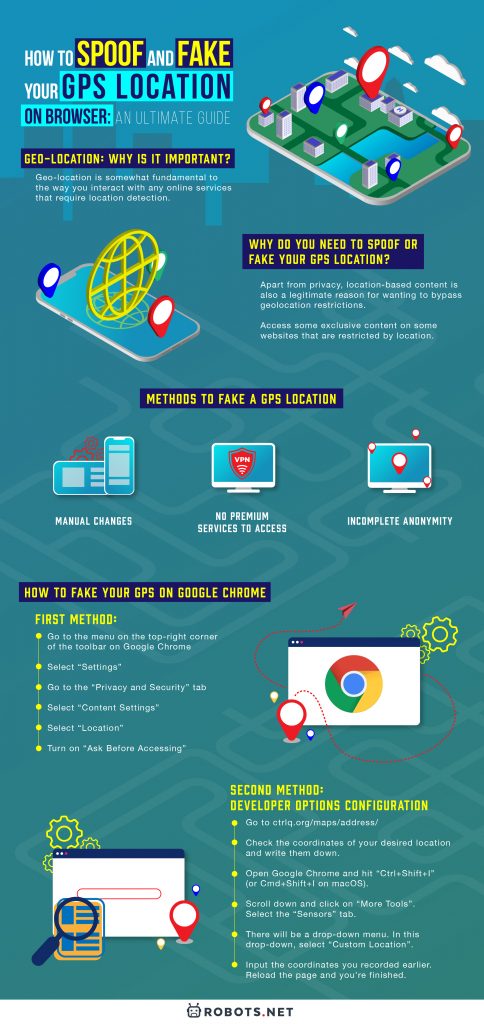








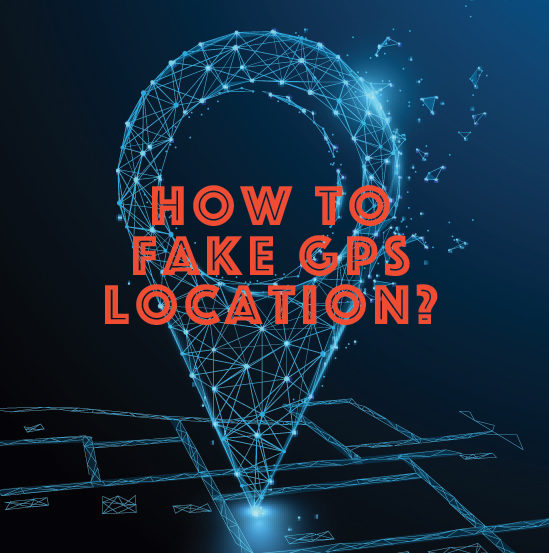

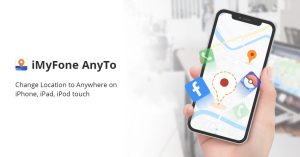
![[iOS 17] Monster Hunter Now Fake GPS Spoofing & Joystick – Free Download](https://robots.net/wp-content/uploads/2023/12/handheld-phone-with-gps-300x200.jpeg)
